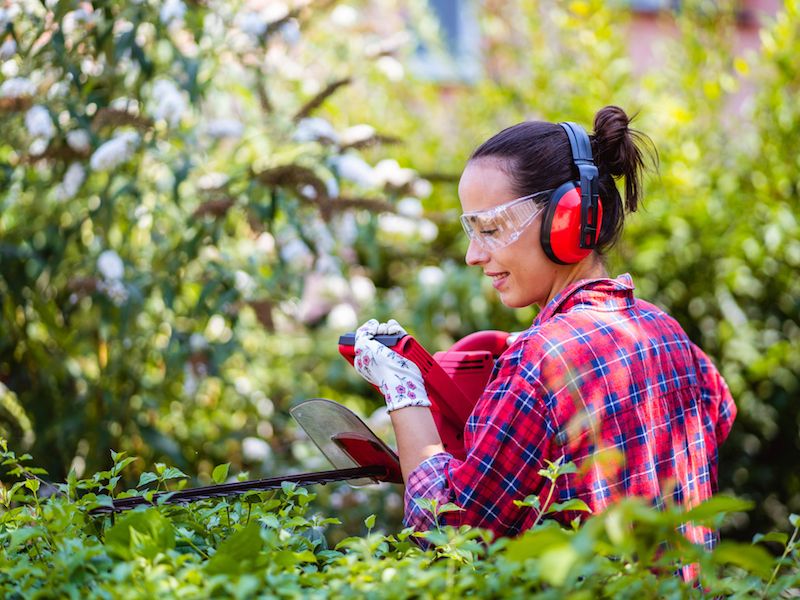
Safeguarding your hearing is similar to eating the right way. It’s difficult to know where to begin even though it sounds like a good idea. This is particularly true if you don’t consider your daily environment to be very noisy and there aren’t any obvious dangers to your ears. But daily life can stress your ears and your senses, so doing these hearing protection techniques can help preserve your auditory acuity.
The more you can do to slow the degeneration of your hearing, the longer you’ll be capable of enjoying the sounds around you.
Tip 1: Wearable Hearing Protection
Using hearing protection is the most practical and basic way to safeguard your hearing. This means that lessening loud and damaging sound is a basic step you need to take.
This means that when it’s called for most people will want to use hearing protection. Two general forms of protection are available:
- Ear Muffs, which are placed over the ears.
- Ear Plugs, which are placed in the ear canal.
Neither form of hearing protection is inherently better than the other. There are benefits to each type. Your choice of hearing protection should, most importantly, feel comfortable.
Tip 2: When Sound Gets Dangerous, be Aware of It
But
Usually sounds become dangerous at the following levels:
- Over 100 dB: Your hearing can be very rapidly injured by this. Anything above this limit can damage your hearing in minutes or seconds. For example, rock concerts and jet engines will injure your ears in 30 seconds.
- 85 decibels (dB): This level of sound is harmful after about two hours of exposure. This is the level of sound you’d expect from a busy city street or your hairdryer.
- 95-100 dB: This is the normal volume of your earbuds or the level of farm equipment. After about 15-20 minutes this level of noise becomes dangerous.
Tip 3: Your Phone Can Be a Sound Meter
We can take steps to limit our exposure, now that we have a concept of what volumes will be harmful. But in everyday life, it can be challenging trying to determine what is too loud and what isn’t.
Your smartphone can now be used as a handy little tool. There are dozens of apps for iPhone, Android, and everything in between that turn your device’s microphone into a sound meter.
In order to get an understanding of what dangerous levels of noise really sound like, use your sound meter to check the decibel level of everything you are hearing.
Tip 4: Be Mindful of Your Volume Settings
A smartphone with earbuds is usually the way people listen to music nowadays. Your hearing is put in danger with this combination. Over time, earbuds set to a substantially high level can cause considerable damage to your ears.
Somonitoring the volume control means protecting your hearing. In order to drown out sounds somewhere else, you should never raise the sound level. in order to make sure that volume doesn’t get too loud, we recommend using volume configurations or app settings.
Earbud use can become something of a negative feedback loop if your hearing begins to wane; you could find yourself constantly raising the volume of your earbuds so that you can compensate for your faltering hearing, and in the process doing more damage to your hearing.
Tip 5: Have Your Hearing Examined
You might think that getting a hearing test is something you do only when your hearing starts to diminish. Without a standard to compare results to, it’s not always easy to detect a problem in your hearing.
Scheduling a hearing screening or exam is a great way to generate data that can be used for both treatment and analytic purposes, making certain that all of your future hearing (and hearing protection) decisions have some added context and information.
Pay Attention to Your Hearing
It would be ideal if you could continuously protect your ears without any difficulty. But there will always be challenges. So anytime you can and as often as possible, safeguard your ears. You should also get your ears examined regularly. Put these suggestions into practice to improve your chances.